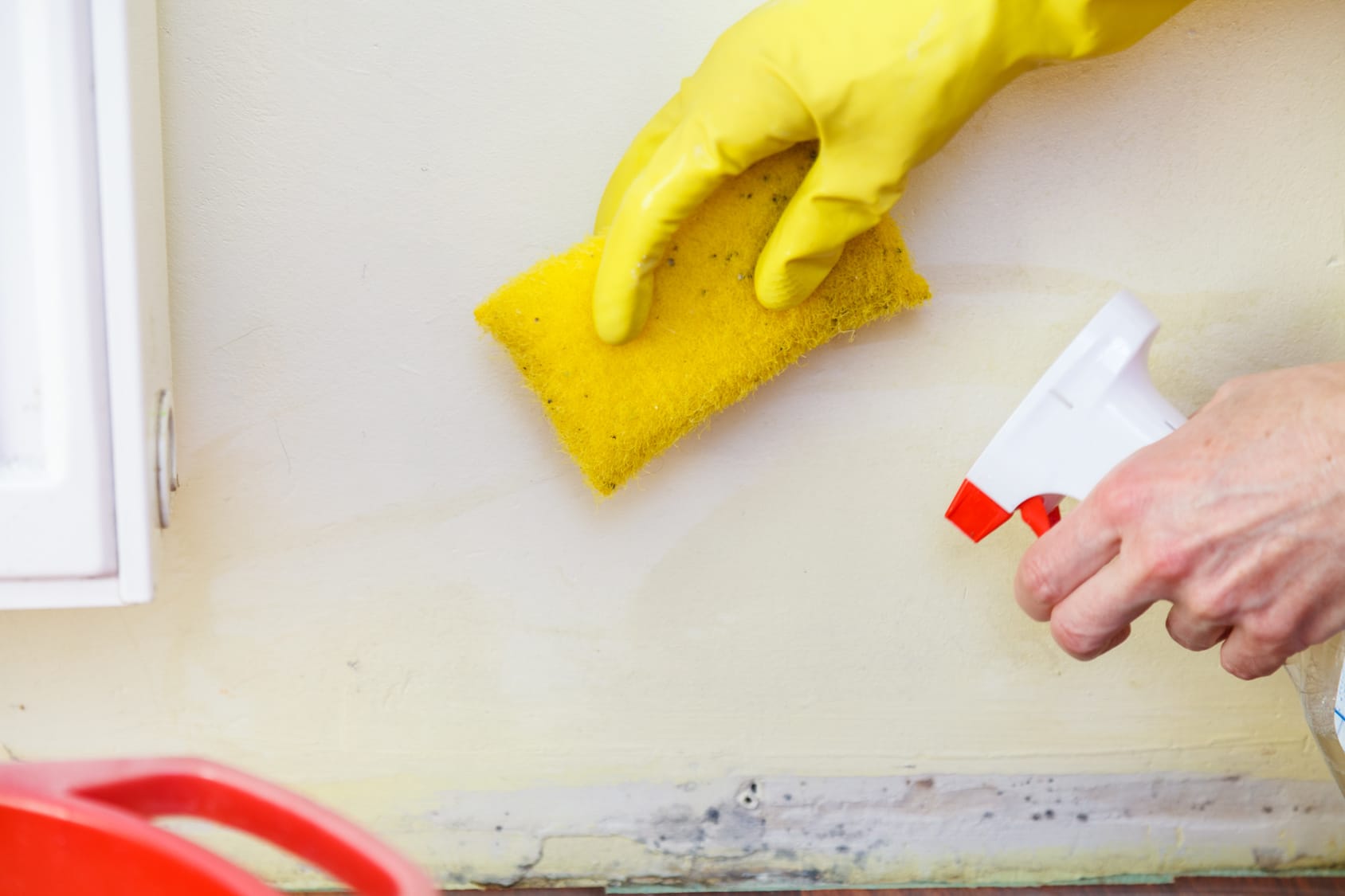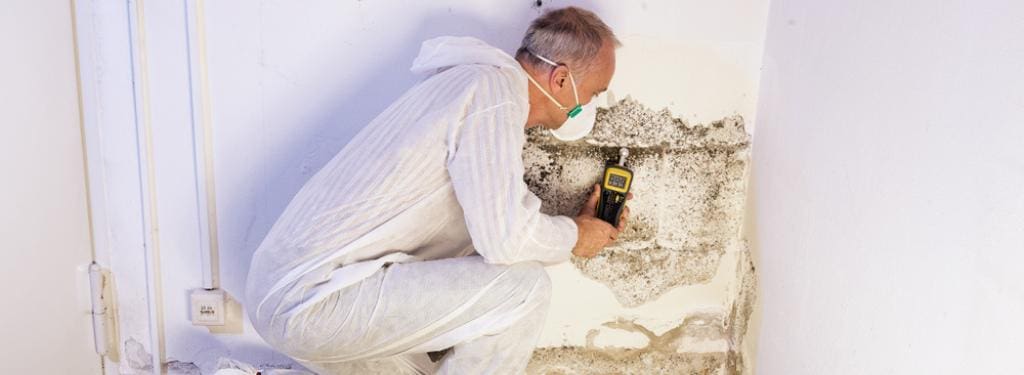Important Actions After Mold Remediation
Important Actions After Mold Remediation
Blog Article
Your Ultimate Overview to Post Mold Remediation Methods
Browsing the realm of post-mold remediation techniques is a careful procedure that requires attention to detail and an extensive understanding of the details entailed. In the after-effects of mold and mildew problem, recognizing exactly how to successfully eliminate the mold and avoid its reoccurrence is vital for preserving a healthy interior atmosphere. From selecting the ideal cleansing and sanitizing methods to carrying out approaches for lasting mold and mildew prevention, each action in the removal trip plays a critical function in guaranteeing a successful end result. As we get started on this expedition of post-mold remediation strategies, we will uncover the key methods and best techniques that can help you recover your area to its pre-mold condition and protect it versus future mold and mildew risks.
Understanding Post-Mold Remediation Refine
After completing the mold remediation procedure, it is essential to comprehend the post-mold remediation techniques that are required to guarantee a reliable and comprehensive cleanup. As soon as the mold has actually been eliminated, the next step includes cleaning and sanitizing the influenced locations to prevent any type of regrowth of mold. This consists of using specialized cleaning up agents to clean down surfaces and eliminate any kind of remaining mold spores. It is necessary to dry out the area completely to dissuade the growth of mold and mildew in the future (Post Mold Remediation Report). Proper air flow and dehumidification can assist in this process.
Furthermore, performing a last examination post-remediation is vital to ensure that all mold has actually been efficiently eliminated. This evaluation should entail a comprehensive visual check in addition to potentially air sampling to validate the absence of mold and mildew spores airborne. If the inspection discloses any sticking around mold, additional removal might be required. Last but not least, informing occupants on safety nets such as controlling moisture levels and quickly attending to any kind of water leaks can aid maintain a mold-free setting.
Effective Cleansing and Disinfecting Approaches

Protecting Against Future Mold Growth

Relevance of Correct Ventilation
Appropriate air flow plays an important role in avoiding dampness buildup, a vital consider mold and mildew growth within interior atmospheres. Effective air flow systems aid get rid of excess moisture from the air, lowering the opportunities of mold and mildew spores discovering the dampness they require to spread and germinate. Without sufficient air flow, indoor rooms can come to be a breeding place for mold, bring about possible wellness risks and architectural damages.
By making certain correct air blood circulation, ventilation systems can also help in drying wet areas extra quickly after water damages or flooding incidents, further deterring mold development. After mold remediation. Precede like shower rooms, attics, cooking areas, and cellars where moisture degrees tend to be greater, setting up and keeping reliable air flow systems is essential in stopping mold and mildew infestations

Monitoring and Maintenance Tips
Given the important function that appropriate ventilation plays in preventing mold development, it is vital to develop reliable monitoring and maintenance pointers to make certain the ongoing capability of ventilation systems. Regular evaluations of air flow systems should be carried out to inspect for any signs of clogs, leakages, or malfunctions that could hinder proper airflow. Surveillance humidity levels within the property is likewise crucial, as high moisture can add to mold development. Installing a hygrometer can aid track humidity levels and alert property owners to any type of spikes that might call for interest. Additionally, guaranteeing that air filters are routinely cleaned up or changed is important for preserving the effectiveness of the ventilation system. Carrying out a timetable for routine upkeep jobs, such as duct cleansing and a/c system inspections, can assist protect against issues before they rise. By remaining aggressive and mindful to the problem of ventilation systems, residential or commercial property owners can efficiently alleviate the risk of mold and mildew regrowth and maintain a healthy interior environment.
Verdict
To conclude, post-mold remediation methods are necessary for ensuring a clean and secure atmosphere. Recognizing the process, carrying out efficient cleaning and disinfecting approaches, stopping future mold and mildew development, preserving correct air flow, and routine tracking are all vital actions in the removal process. By adhering to these standards, you can efficiently eliminate mold and prevent its return, promoting a healthy living or working area for all owners.
In the after-effects of mold infestation, recognizing just how to effectively eradicate the mold and stop its reoccurrence is paramount for preserving a healthy and balanced indoor environment. As soon as the mold and mildew has been gotten rid of, the next action involves cleansing and sanitizing the affected areas to avoid any type of regrowth of mold and mildew - testing air quality after mold remediation. After getting rid of visible mold and mildew development, it is essential to clean up all surfaces in the damaged location to eliminate any kind of remaining mold and mildew spores. To better improve mold and mildew avoidance actions, it is important to attend to underlying concerns that originally led to mold development.Given the critical role that appropriate ventilation plays in stopping mold and mildew growth, it is imperative to develop effective tracking and upkeep suggestions to ensure the ongoing capability of ventilation systems
Report this page